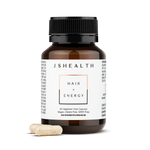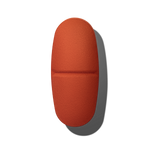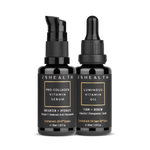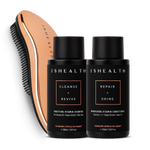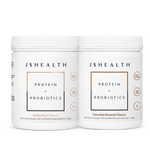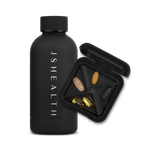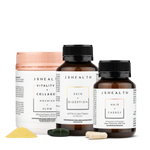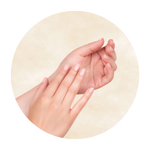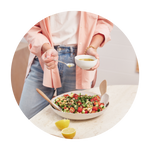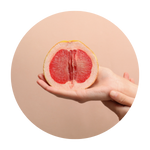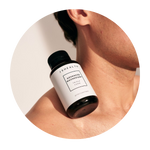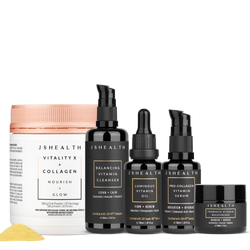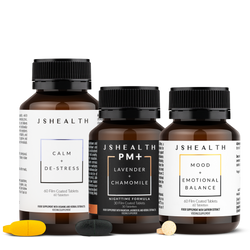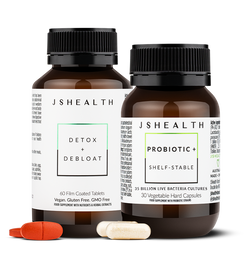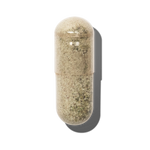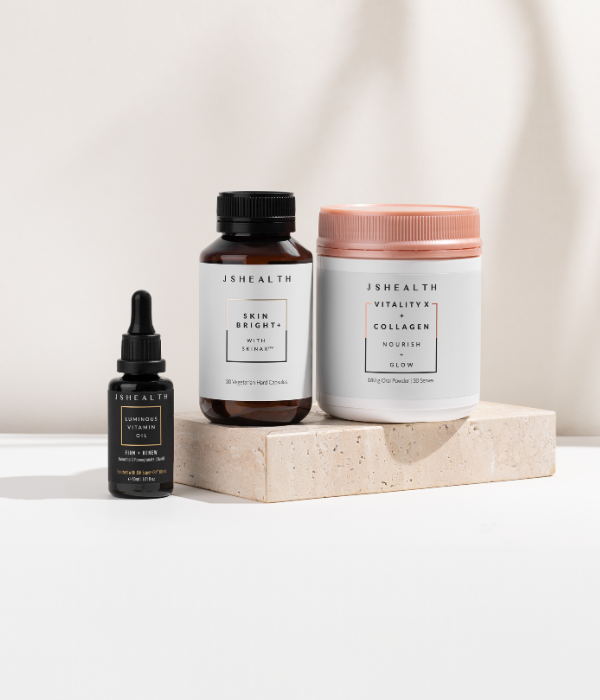4 REASONS WHY FENNEL IS THE REAL MVP
Honestly, TGIF right? Thank g-d it’s Fennel! We love this light bulb-looking veggie for its versatility and nutritional benefits. It can be added to salads, stews and soups. Dried fennel stems can even be added to herbal teas! The distinct odour of Fennel due to its essential oil also makes it an excellent flavour in baked goods, meat and fish dishes.
FLAVONOIDS
Flavo-what did you say? Flavonoids are potent antioxidants, and are abundant in Fennel. The major flavonoids in Fennel include quercetin and apigenin, which have been shown to have significant antinociceptive (meaning they reduce the sensation of pain) and anti-inflammatory properties.
ANTIBACTERIAL
Fennel has antibacterial properties due to the specific compounds it contains. It acts against harmful germs and bacteria found in food such as Listeria, staphylococcus, E. coli and salmonella, and also helps to fight against the stomach ulcer, Helicobacter Pylori.
DIGESTION
Fennel protects your gastrointestinal system. It has been shown to have a protective effect against gastric ulcers, and supports the mucosal lining of the stomach. Big thanks to its antioxidant properties for these benefits!
Fennelly, the reason why we have added this to the JSHealth Detox + Debloat formula is because it helps to relieve digestive discomfort and relieve abdominal bloating and distention.
References:
- Badgujar S, Patel V, Bandivdekar A. Foeniculum vulgareMill: A Review of Its Botany, Phytochemistry, Pharmacology, Contemporary Application, and Toxicology. BioMed Research International. 2014;2014:1-32.
- Kooti W, Moradi M, Aliakbari S, Sharafi-Ahvazi N, Asadi-Samani M, Ashtary-Larky D. Therapeutic and pharmacological potential of Foeniculum vulgare Mill: a review. Journal of HerbMed Pharmacology. 2015;4(1):1-9.
- Al-Yahya M, Al-Mofleh I, Al-Sobaiha M, Alqasoumi S, Al-Said M, Al-Dosari M et al. Fennel "Foeniculum vulgare" Treatment Protects the Gastric Mucosa of Rats against Chemically-induced Histological Lesions. International Journal of Pharmacology. 2013;9(3):182-189.
